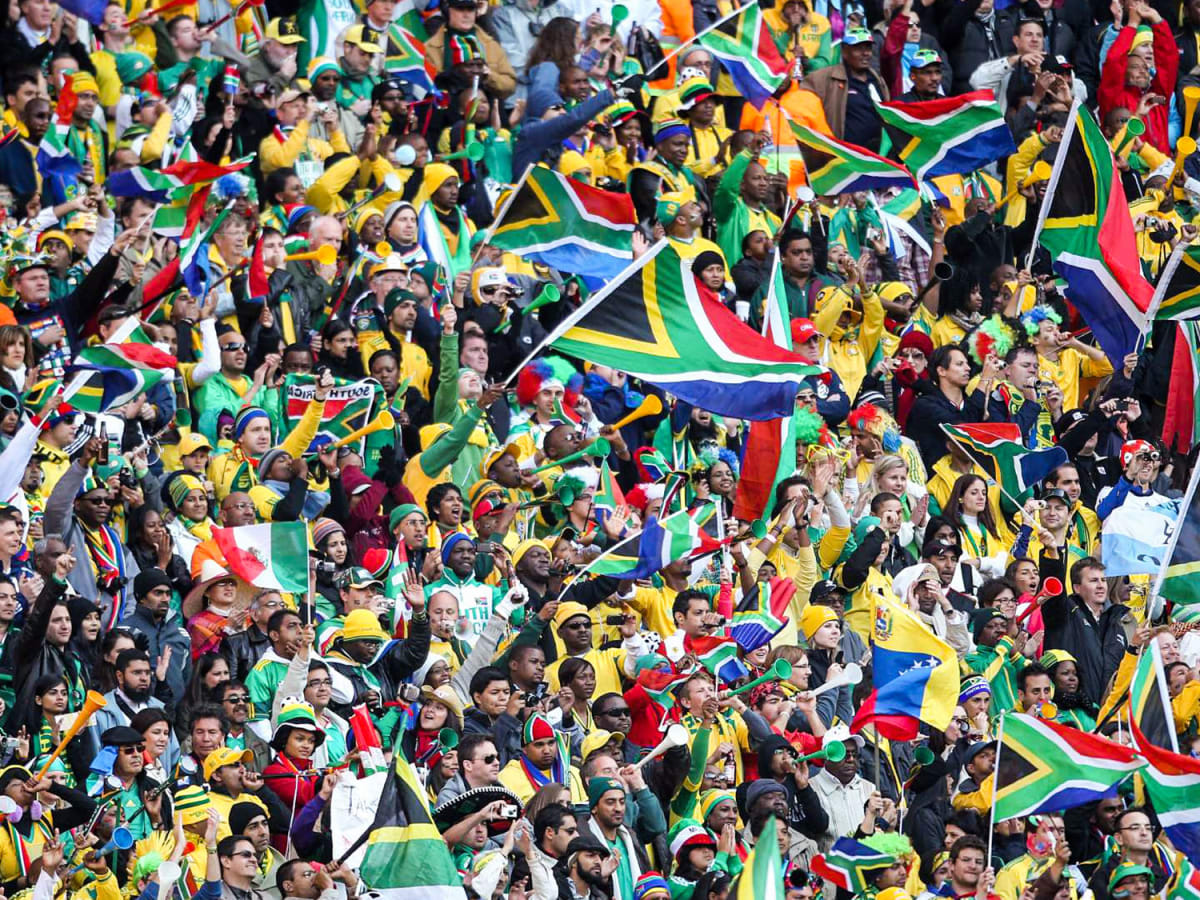

Fifa 2010 World Cup Upgrade To Much
JOHANNESBURG - South Africa spent more than $3 billion on the 2010 World Cup, and in return gained an "intangible legacy" from the first world soccer showpiece in Africa, the country's government said Friday in its final report on the tournament.In the "2010 FIFA World Cup Country Report," released nearly 2½ years after the event, South Africa's government said it spent $1.1 billion on building and upgrading stadiums alone.Transport was the biggest cost, with $1.3 billion dedicated to improving road, rail and air links and a further $392 million on the country's main ports of entry.In the absence of any final definitive figures on how much South Africa earned in total from being the host, the report said the World Cup had left an intangible legacy of pride and unity among South Africans and had changed the country's image as undeveloped, crime-ridden and dangerous in the eyes of the rest of the world."To top it all, we didn't have lions roaming the streets and we did have ATMs," the report, published by the ministry of sport, added light-heartedly.It did predict a $6 billion boost to South Africa's economy as a result of the monthlong World Cup, according to a study by risk analysis and finance company Grant Thornton, but that was a mid to long-term projection.FIFA reported it made a $631 million profit from the 2007-10 World Cup cycle and earned income of $3.65 billion from 2010 World Cup contracts. FIFA said it spent $1.298 billion on the World Cup in South Africa and also gave $100 million to the World Cup Legacy Trust, a fund that supports grassroots soccer projects."The World Cup in South Africa was a huge, huge financial success for Africa, for South Africa and for FIFA," FIFA president Sepp Blatter said in 2011 as the world body published its own financial report.While critics have said that such a huge outlay on a 30-day sports event was impractical for South Africa - and the final word on whether it was an economic success was still pending - the government could argue that it had already earned over $400 million from the more than 300,000 tourists that visited for the World Cup.The upgrade to much of South Africa's transport infrastructure was a long-term investment, the government said.The expensive World Cup stadiums are still underused, however, and some are losing money. The Cape Town Stadium - reportedly the most expensive of the seven new venues at $600 million - is in the most trouble."This report will also serve as a reference guide and benchmark for planning other major sporting events," South Africa's government said in a statement to introduce the publication, which featured the 2010 World Cup logo and was embossed with shiny gold letters.South Africa has said it is considering a bid to host the 2024 Summer Olympics.^ Back to Top ^ © 2021 ESPN Internet Ventures. Football » 2010 FIFA World Cup Teams » Netherlands Team for 2010 World Cup Netherlands Team for 2010 World Cup In the 1970’s the Dutch national team was known for mastering the art of Total football and they reached the final of the FIFA World Cup consecutively in 19 losing both to West Germany and Argentina becoming the runners. INFORMATION KIT 2010 FIFA WORLD CUP IN SOUTH AFRICA: A UNITED NATIONS PERSPECTIVE CONTENTS 1.
The most frequent diagnoses were thigh strain and ankle sprain. Contact with another player was the most frequent cause of match (65%) and of training (40%) injuries. The incidence and characteristics of football injuries during matches in top-level international tournaments are well documented, but training injuries and illnesses during this period have rarely been studied.To analyse the incidence and characteristics of injuries and illnesses incurred during the 2010 Fédération Internationale de Football Association (FIFA) World Cup.The chief physicians of the 32 finalist teams reported daily all newly incurred injuries and illnesses of their players on a standardised medical report form.Out of 229 injuries reported, 82 match and 58 training injuries were expected to result in time loss, equivalent to an incidence of 40.1 match and 4.4 training injuries per 1000 h.
The incidence of time-loss illnesses was 3. Most illnesses did not result in absence from training or match. Illnesses were mainly infections of the respiratory or the digestive system.



 0 kommentar(er)
0 kommentar(er)
